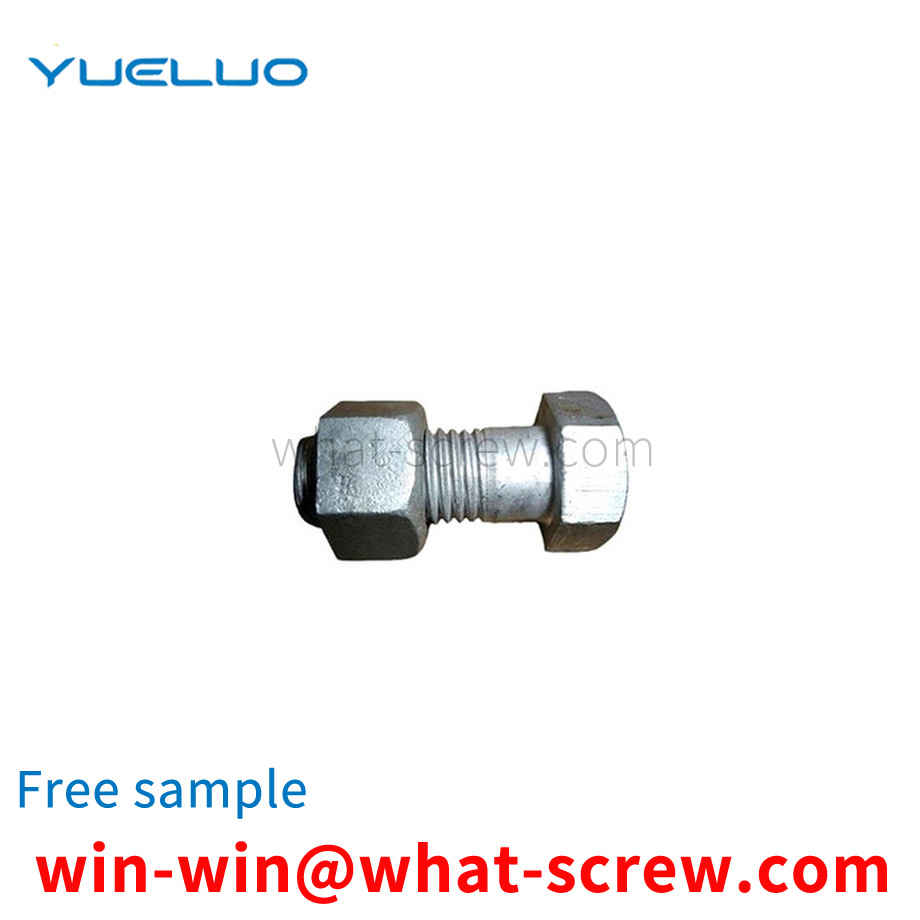What is the tolerance range of precision screws?
What is the tolerance range of precision screws?
Service Hotline
+86760-8787 8587We have more than ten years of experience in the production of screw industry, the main products are: 201 hex bolt, side hole round nut, half tooth cup head screw, black galvanized gasket, riding clamp screw, anti-thread nut, GB117, pressure Rivet nuts, industrial nuts, double internal thread nuts, solar screws, carbon steel galvanized positioning pins, yin and yang motherboard spacers, solar photovoltaic screws, 2x34x10 copper knurled nuts and other fasteners, due to different product materials and specifications, Prices also vary, please contact us if necessary.


Please refer to FIG. 1 , which is a cross-sectional view of a conventional screw and screw washer for locking two metal parts. The screw 100 is combined with the screw washer 110 to lock the metal parts 120 and 130 . The screw washer 110 includes a washer portion 112 and a body washer portion 114 . The washer portion 112 is used for electrically isolating the screw head 102 from the metal piece 120 , and the screw body washer portion 114 is used for electrically isolating the screw body 104 and the metal piece 120 . Therefore, through the design of the screw washer 110 , the screw 100 can be isolated from conducting the metal parts 120 and 130 .

A double-nut self-locking fastener includes bolts, nuts, nuts, and elastic gaskets that can produce plastic deformation under pressure; the nut and the bolt are connected by threads, and one end of the nut is provided with an external thread; There is an inner thread in one end, and the inner thread of the nut and the outer thread of the nut constitute a thread pair; the other end of the nut is provided with a through hole, and the bolt passes through the through hole of the nut; when the nut and the nut are installed and tightened, the elastic gasket is located in the nut. between the bolt and the nut; a notch for cutting off the thread is arranged on the circumference of the bolt thread; the direction of the notch is parallel to the axial direction of the bolt.


Hexagon nuts are divided into three types: I type, II type and thin type according to the nominal thickness. Nuts above grade 8 are divided into two types: type 1 and type II. Type I hexagon nuts are the most widely used. Type 1 nuts are divided into three grades: A, B, and C. Among them, grade A and grade B nuts are suitable for machines, equipment and structures with small surface roughness and high precision requirements. Class C nuts are used on machines, equipment or structures with rough surfaces and low precision requirements.

Although this structure can prevent the shaft from rotating radially to a certain extent, it also has some obvious defects: firstly, the positioning block needs to be opened during processing, and secondly, the opening of the positioning block needs to be opened. After the deformation, the contact between the positioning block and the shaft becomes line-to-line contact, so that the contact area between the positioning block and the shaft is reduced, and the force generated to overcome the radial rotation of the shaft is correspondingly changed. less, so there is a risk that the shaft can turn radially.

The above content is uploaded by Yueluo or the Internet. If there is any copyright issue, please contact [email protected].

What is the tolerance range of precision screws?

How to choose the right stainless steel screw manufacturer?

Why is there an R angle under the head of the hexagon head s...

We have more than ten years of production experience in the ...

We have more than ten years of experience in the production ...

We have more than ten years of experience in the production ...

We have more than ten years of experience in screw industry ...